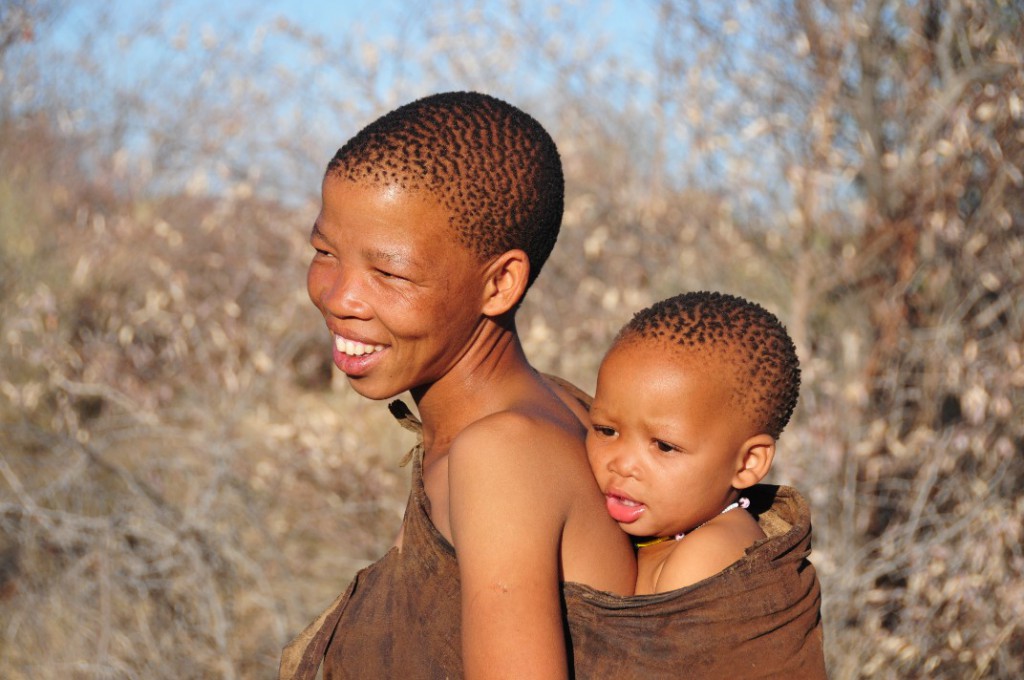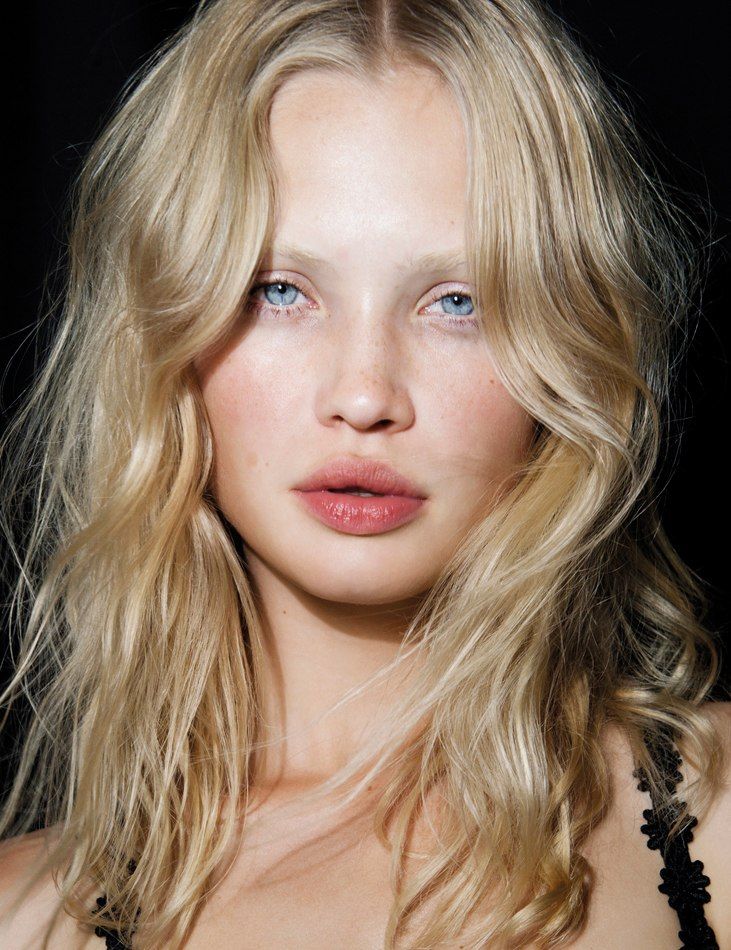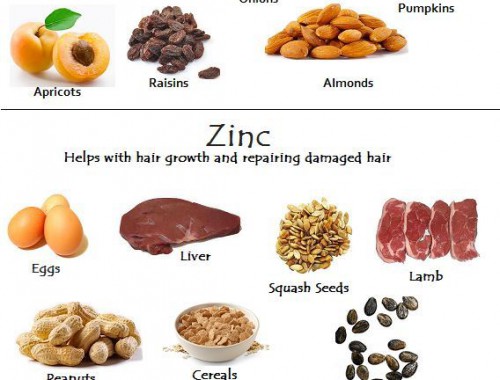I felt the need to take us back into history to shed some light on the significance of our hair, or hair in general, with information that will make us think differently and more scientifically. Let’s see what is hair? Or what is it’s purpose? Today we associate our hair as a sign of health measured by its strength or how long it can grow. Many of us like to adorn our hair as a way to express personal style, moods, and trends. In other parts of the world it can be a sign of wealth or fertility (I know this for sure from my experience studying in India).
About 60,000 years ago civilization began within the African continent because it’s “where we first evolved, and where we have spent the majority of our time on Earth” according to the National Geographic Geographic Project. Then civilization migrated “into the Middle East and southern Central Asia. From these base camps, they were poised to colonize the northern latitudes of Asia, Europe, and beyond” (Geographic Project).
There is evidence that suggest the Khoisan of South Africa are one of the oldest peoples in the world and genetically the closest surviving people to the original Homo sapien “core” from which all human-beings emerged.
There is research to “support the hypothesis that our human ancestors had curly hair; the straight hair found in East Asians and Caucasians likely developed independently” (GB HealthWatch). This simply shows that over time the different hair types and skin tones developed due to the environment of the settlers. The climate in Africa was humid and super drying, especially from the lack of development and buildings like today, with extreme exposure to the sun. Could you even imagine living in such a hot climate? Therefore the people in this area had darker skin with thick and tightly coiled hair for protection from the sun. The people also utilized clay on the skin and hair as extra sun protection.
 As the people moved further North to Europe, or East towards the Americas, these places had less sun exposure and cooler climates which called for the settlers to adapt over thousands of years. With a climate of less sun exposure the body had no need to produce as much melanin. As a result these people became fair skinned with finer hair textures.
As the people moved further North to Europe, or East towards the Americas, these places had less sun exposure and cooler climates which called for the settlers to adapt over thousands of years. With a climate of less sun exposure the body had no need to produce as much melanin. As a result these people became fair skinned with finer hair textures.
It all makes sense when you think about it geographically right! Of course now genes and family traits play a huge role in determining these factors as a posed to our environment, but science and history has a way of making you look at things differently too. I have another What Is Hair segment coming soon that will go deeper into the components of hair textures and types for you.






